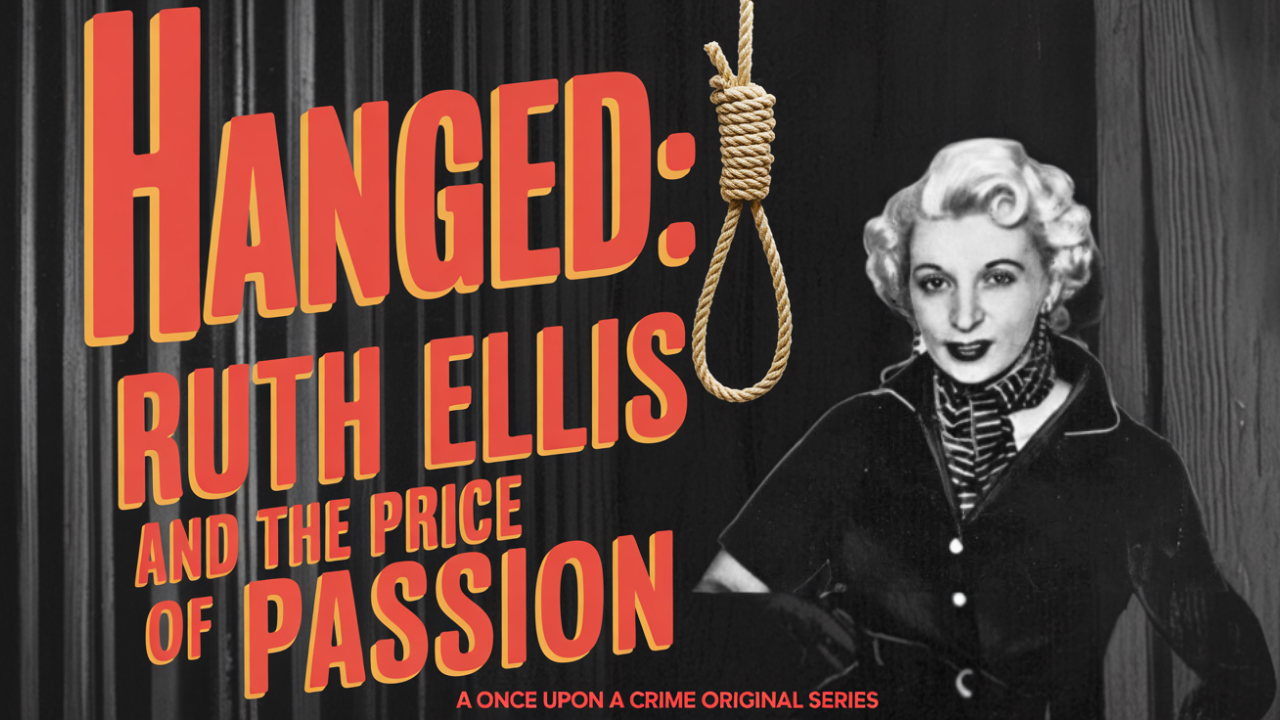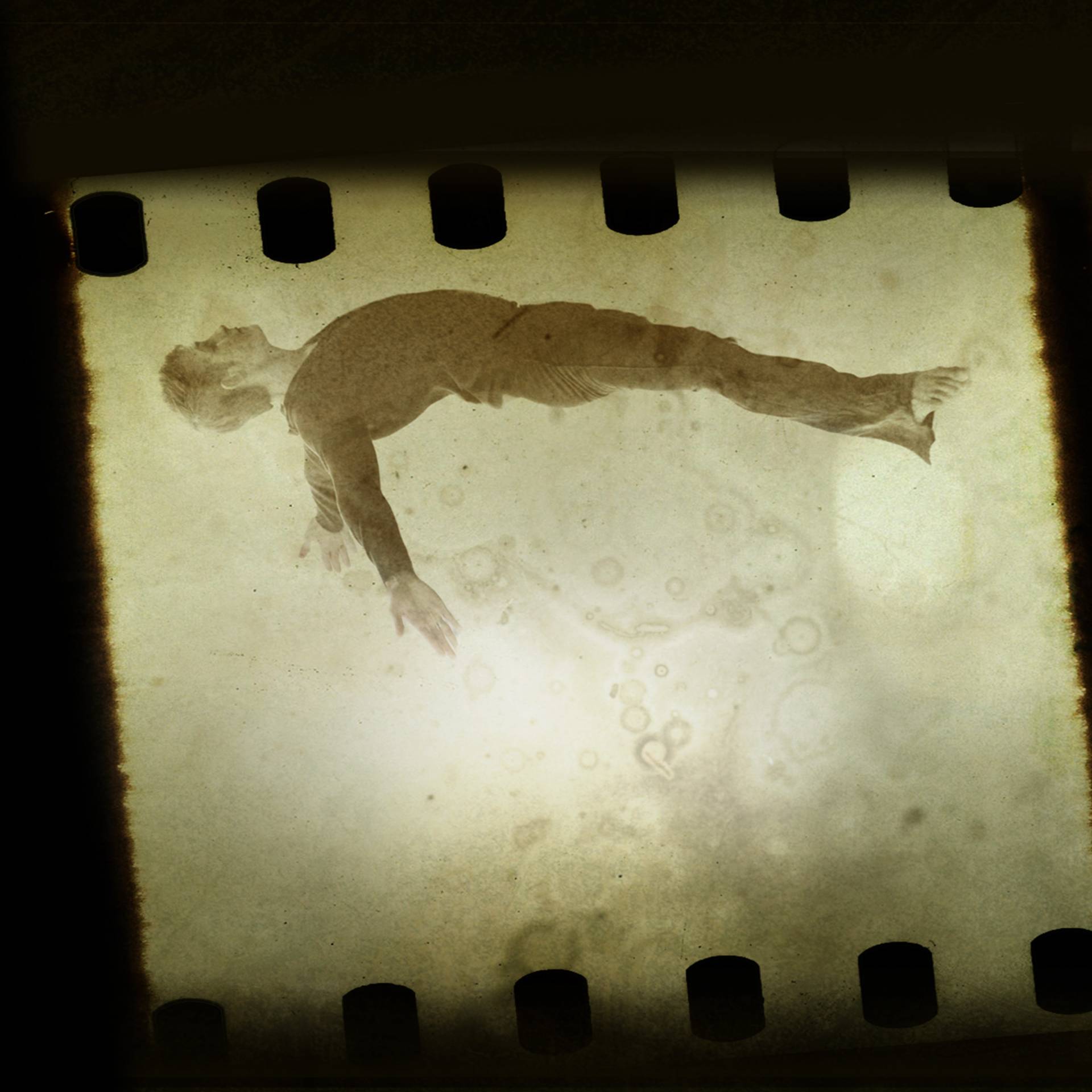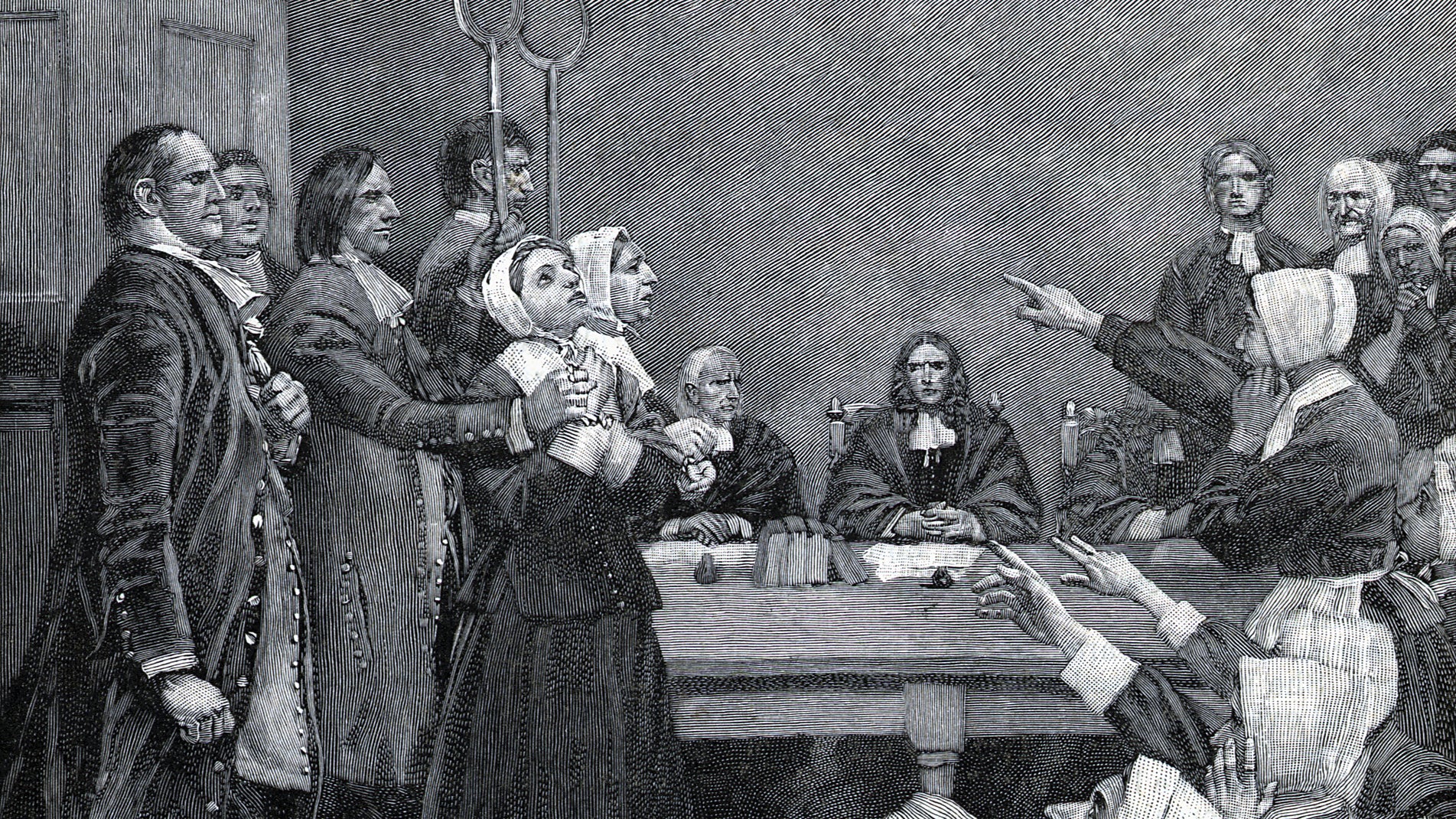The Chilling Tale of Roland Doe: How a Real-Life Exorcism Inspired "The Exorcist"

The legend of demonic possession has enthralled and terrified audiences for decades. One of the most famous accounts is that of Roland Doe, a young boy whose bizarre and violent behavior was believed to be caused by an otherworldly entity. This harrowing tale not only inspired a bestselling novel but also led to the creation of a blockbuster film, "The Exorcist," which ignited a nationwide conversation about the existence and nature of evil.
The Origin of "The Devil Made Me Do It"
Crimes of unimaginable horror often lead us to question the nature of evil. In the 1970s, the phrase "The Devil made me do it" became culturally synonymous with absurd justifications for reprehensible acts. Yet, in courtrooms, some individuals have used claims of satanic influence in earnest defenses, akin to historical events like the Salem witch trials. The belief in demonic influence persists, particularly within certain religious communities.
The Demonic Possession of Roland Doe
The chilling story of Roland Doe dates back to the 1940s, where accounts of his alleged possession were meticulously documented, making it difficult to discard as a mere myth. This narrative not only captivated audiences but also significantly impacted popular culture, leading to the satanic panic of the 1980s.
Roland Doe was a young boy living in Maryland with his family. After engaging with a Ouija board brought by his Aunt Tilly, strange phenomena began to plague the household, escalating following Tilly's unexpected death. Sounds of scratching and movements of furniture were reported, deeply unnerving the family. Despite medical evaluations and consultations with their Lutheran minister, no natural explanation was forthcoming.
The Involvement of the Catholic Church
Upon the minister's recommendation, Roland's family sought assistance from Father Edward Albert Hughes, who provided religious items meant to calm the disturbances. However, it only aggravated the activity. With approval from the Church's hierarchy, Father Hughes conducted an exorcism, thwarted when Roland unleashed an unexpected attack.
The incidents worsened, prompting Roland's mother to relocate him to St. Louis, where further exorcisms were undertaken by Jesuit priests. The process involved dramatic rituals and intense physical manifestations of the possession, which included guttural speech and extraordinary physical strength.
The Climactic Exorcism and Roland's Subsequent Life
After an arduous series of exorcisms that presented each night, Roland was finally freed from the possession on Holy Monday, following a significant breakthrough when he was baptized into Catholicism. The case faded into relative obscurity until a Georgetown University student's interest led to the creation of "The Exorcist," bringing the chilling tale to a new generation.
The real identity of Roland Doe remained hidden until 2021, unveiling him as Ronald Hunkler, a NASA engineer whose incredible life was overshadowed by his early encounter with an alleged possession.
The Cultural Impact of "The Exorcist"
Upon its release, "The Exorcist" became a cultural phenomenon, noted for its harrowing depiction of demon possession. The production itself was marked by numerous eerie events that some considered indications of a curse. Despite the film's fictional elements, its roots in Roland Doe's real-life story lend it an enduringly unsettling quality.
Concluding Thoughts
The tale of Roland Doe invites us to ponder the extent of our understanding of evil. Are heinous acts merely facets of human nature, or do they suggest a supernatural influence? In an era plagued by violence, these questions remain as pertinent as ever.
















